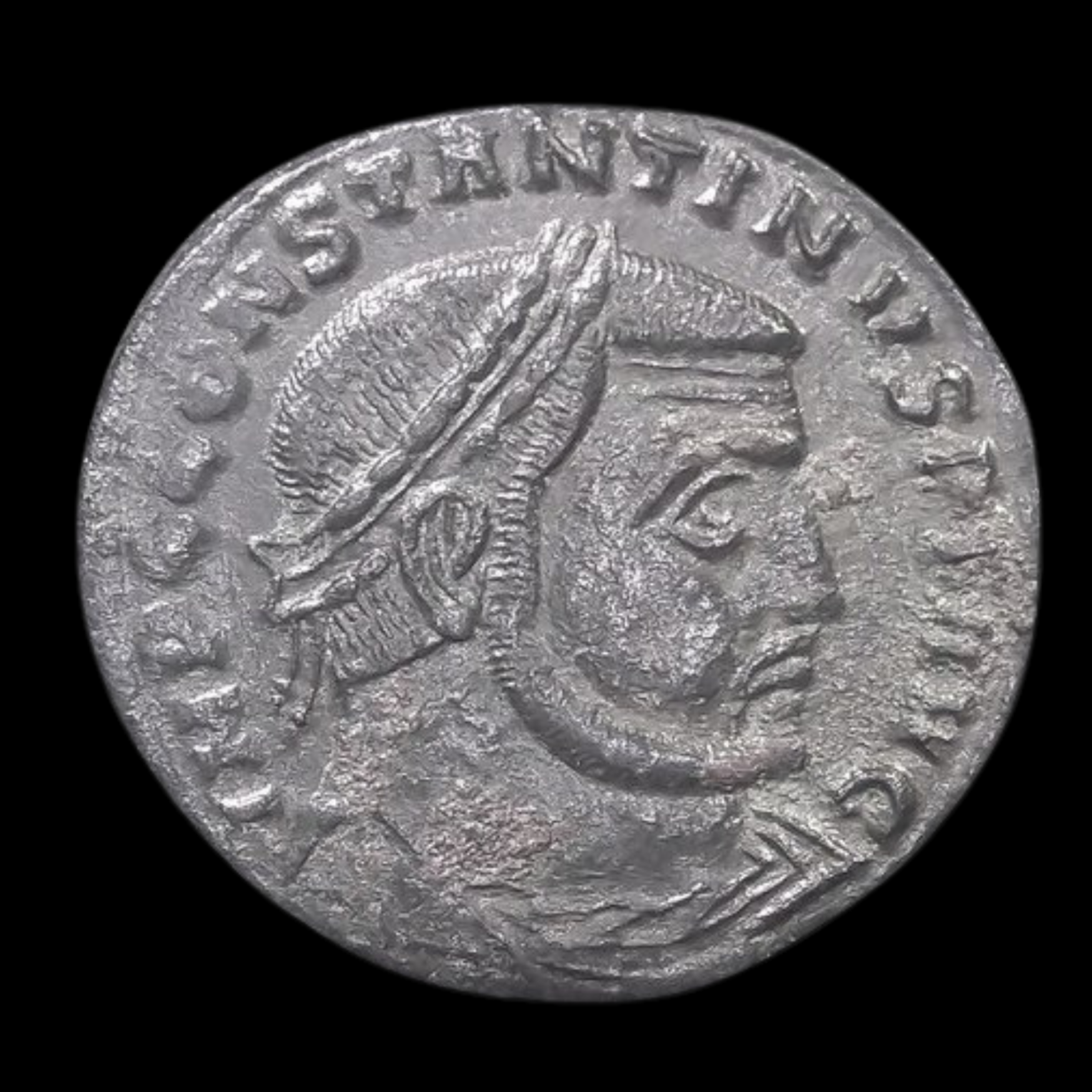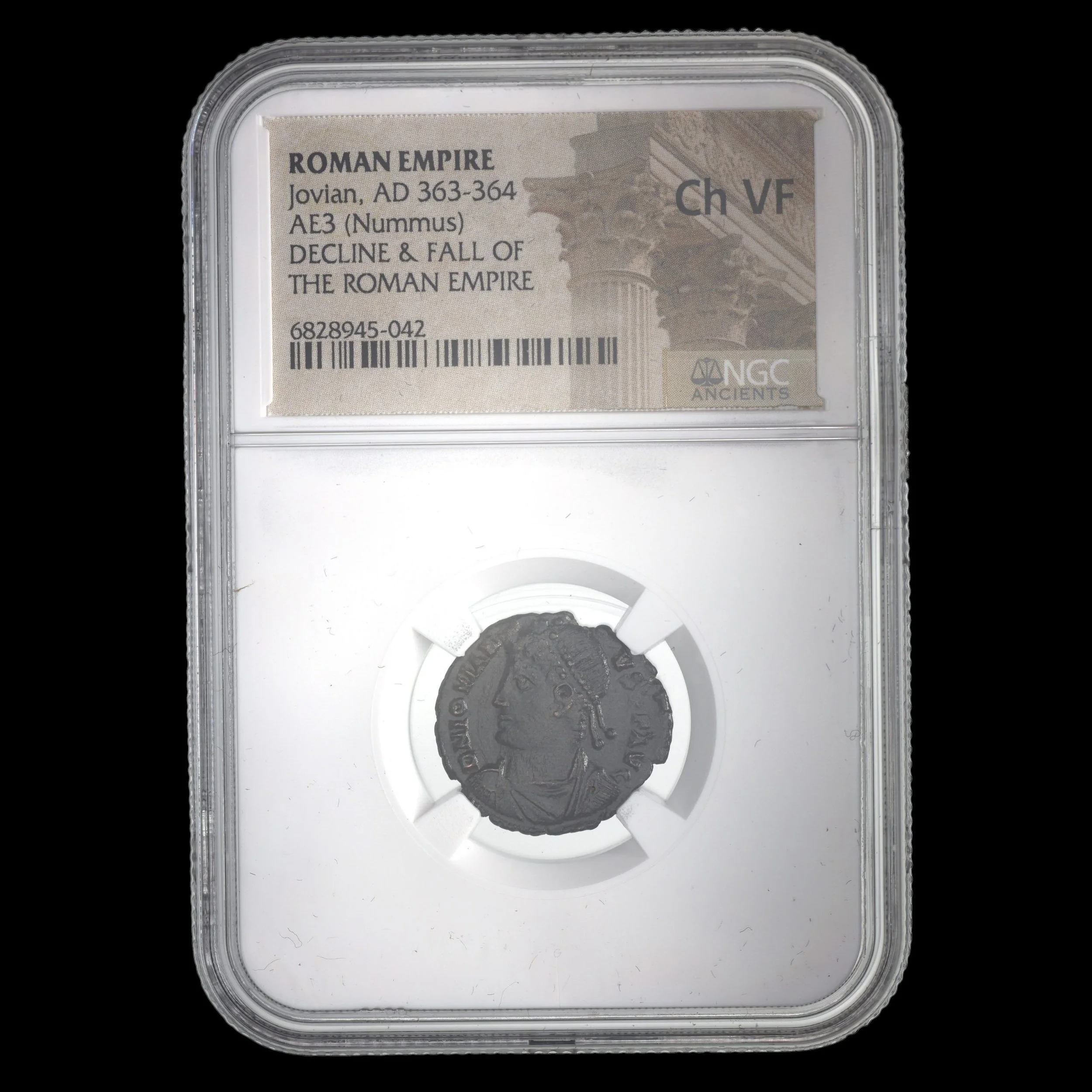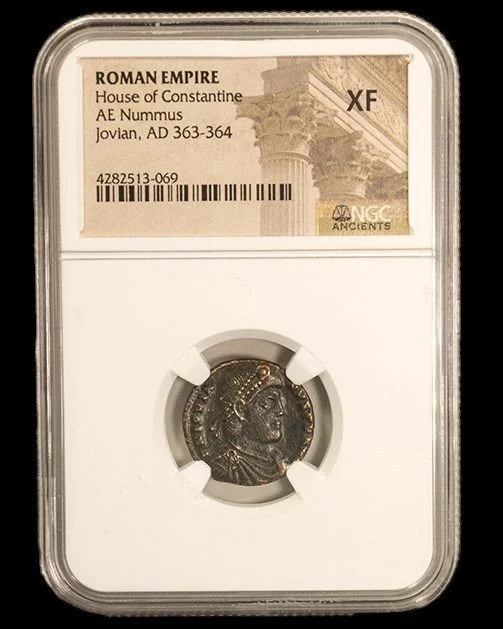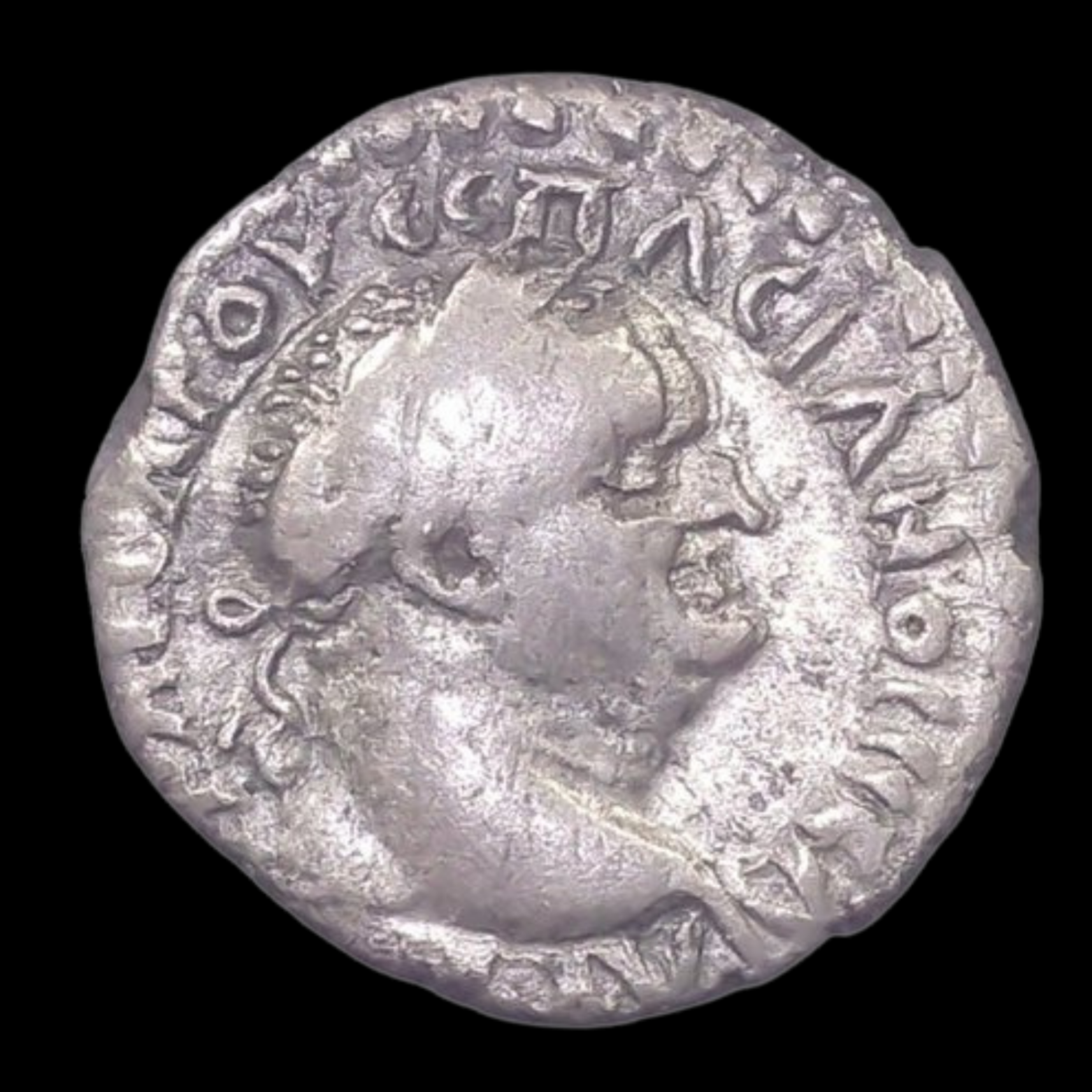 Image 1 of 2
Image 1 of 2

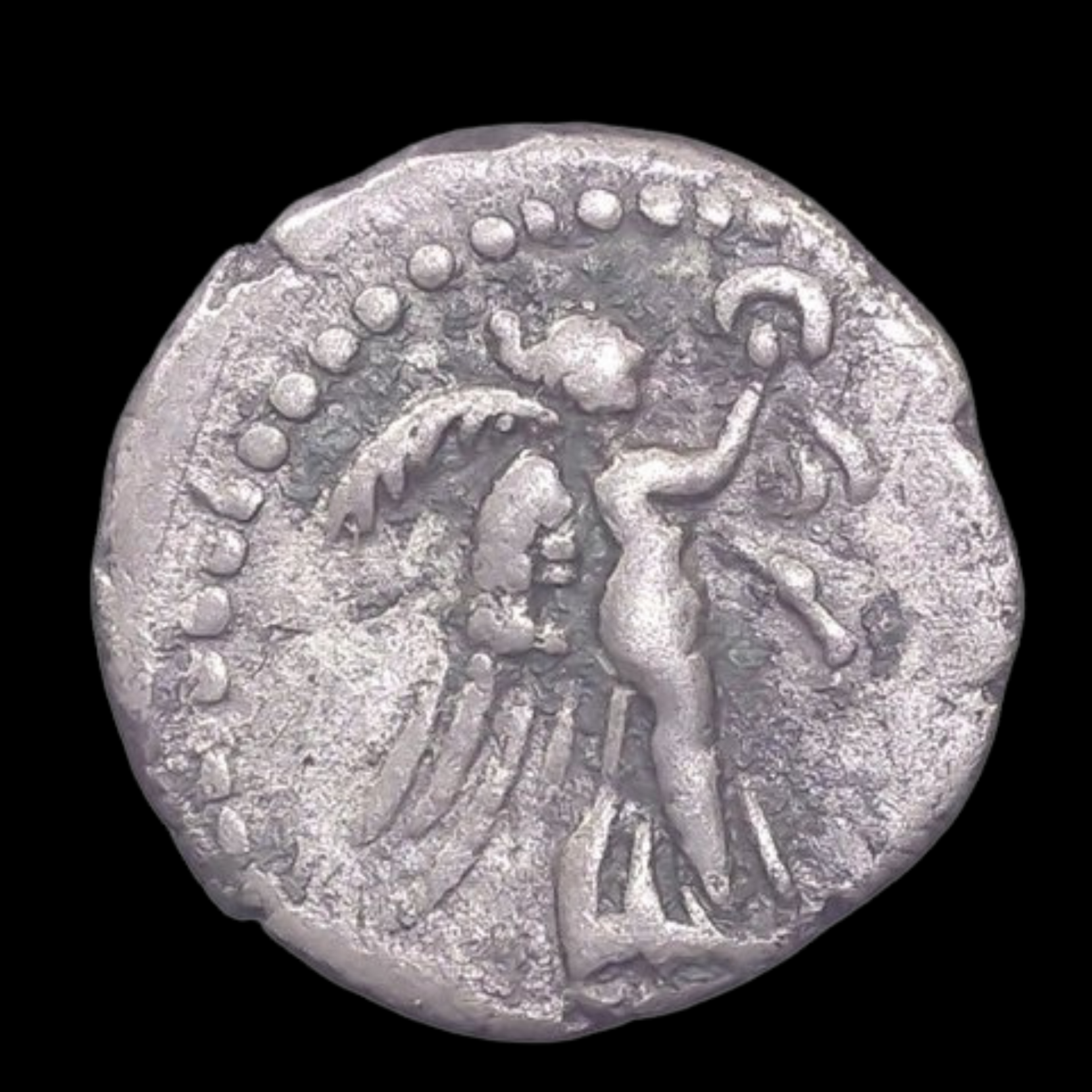 Image 2 of 2
Image 2 of 2



Roman Provincial Silver Hemidrachm of Vespasian (about 1950 years ago)
This small silver coin was minted in Caesarea, the provincial capital of Cappadocia (central Turkey), during the reign of Emperor Vespasian. As a provincial issue rather than an imperial Roman coin, it reflects how Rome allowed some regions to maintain their own local currency systems while acknowledging Roman authority.
Coin Description:
Front side: Laureate head of Vespasian facing right with Greek inscription "AY(TOK) KAICAP OYECΠACIANOC CEBA" (Emperor Caesar Vespasian Augustus)
Back side: Nike (goddess of victory) advancing right, holding wreath and palm branch over her shoulder
Technical Details:
Silver composition, weighing 1.59 grams
Hemidrachm denomination (half a drachm, a Greek-style provincial coin)
References: RPC-1659 (22 specimens known), Sydenham-94
No certification mentioned
Date: 69-79 CE
Condition: Not specified
Historical Significance:
Vespasian established the Flavian dynasty after emerging victorious from the chaos of the Year of Four Emperors (69 CE). This coin from Caesarea in Cappadocia (modern central Turkey) demonstrates how Rome allowed eastern provinces to continue local minting traditions using Greek denominations and language. The Victory imagery celebrates Roman military successes, likely referring to the suppression of the Jewish Revolt (66-73 CE), which Vespasian began commanding before becoming emperor.
This small silver coin was minted in Caesarea, the provincial capital of Cappadocia (central Turkey), during the reign of Emperor Vespasian. As a provincial issue rather than an imperial Roman coin, it reflects how Rome allowed some regions to maintain their own local currency systems while acknowledging Roman authority.
Coin Description:
Front side: Laureate head of Vespasian facing right with Greek inscription "AY(TOK) KAICAP OYECΠACIANOC CEBA" (Emperor Caesar Vespasian Augustus)
Back side: Nike (goddess of victory) advancing right, holding wreath and palm branch over her shoulder
Technical Details:
Silver composition, weighing 1.59 grams
Hemidrachm denomination (half a drachm, a Greek-style provincial coin)
References: RPC-1659 (22 specimens known), Sydenham-94
No certification mentioned
Date: 69-79 CE
Condition: Not specified
Historical Significance:
Vespasian established the Flavian dynasty after emerging victorious from the chaos of the Year of Four Emperors (69 CE). This coin from Caesarea in Cappadocia (modern central Turkey) demonstrates how Rome allowed eastern provinces to continue local minting traditions using Greek denominations and language. The Victory imagery celebrates Roman military successes, likely referring to the suppression of the Jewish Revolt (66-73 CE), which Vespasian began commanding before becoming emperor.








